Much of the Cuisine We Now Know, and Think of as Ours, Came to Us by War
The long and winding road that brought “local” dishes to our plates
/https://tf-cmsv2-smithsonianmag-media.s3.amazonaws.com/filer/41/b0/41b0da6e-b4b5-4ebf-9c08-28bc52a710e6/sqj_1701_aoe_essay_02.jpg)
The relish on my plate is Sicilian, a tangy blend of sweet and sour flavors. I can pick out some of the ingredients—eggplant, capers, celery—right away. I haven’t a clue, however, about the forces that came together to create this exquisite vegetable dish.
Gaetano Basile, a writer and lecturer on the food and culture of Sicily, does know. He has invited me to Lo Scudiero, a family-run restaurant in Palermo, as a tasty introduction to the island’s food and its history. He explains that the appetizer I am eating, caponata, exists because of transformative events that took place more than a thousand years ago. It was then that Arab forces invaded, bringing new crops, agricultural know-how, and other innovations that were far above the standards of medieval Europe.
On the first day of the conquest, in June, 827 a.d., ten thousand men arrived from Tunisia. “They were not led by a general as you might think,” Basile says, “but by a jurist, an expert in law. What was their business here? They were Aghlabids from Tunisia and Fatimids from Egypt. These guys came here for a simple operation of religious conquest.” But along with that mission they brought “so many things I can’t even list all of them,” Basile adds. “Hard grain, without which we could not make pasta, and sugarcane. Sugar alone would have already been enough, since it means having a powdered sweetener with which wonderful things could be made.”
We are sitting at a table, formally set with a starched tablecloth, sparkling glasses, silver chargers under the plates, and a menu of traditional Sicilian dishes. I think to myself that Basile has thoughtfully chosen Lo Scudiero, meaning squire, because it, too, reflects the cultural history I am eager to understand. Chargers, he says, were characteristic of the Sicilian aristocracy, and place settings were thought to have been introduced with the arrival of Jewish families who came with Spanish Muslims in the early ninth century. “They were the only ones to have tablecloths and napkins in an epoch when many here were eating on the floor.”
A succession of invaders came—among them Greeks, Phoenicians, Carthaginians, followed by the Islamic army of Arabs, Berbers, Moors, and Cretans. Then the Normans and other outsiders arrived, until 1860, when Sicily became part of the united Kingdom of Italy. These conquests left culinary marks, as foreign explorations and invasions usually do. Basile starts ticking off a long list: pecorino cheese made from sheep’s milk has Greek origins (the cheesemaking of the Cyclops in Homer’s Odyssey, he points out, is set in Sicily); Arabs introduced the grain dish couscous, still a specialty of the western Sicilian city of Trapani; rice, also an Arab import, stars in arancini di risu, or rice croquettes, typically Sicilian. And the Normans? “The Normans were a bunch of barbarians,” says Basile. “By the time they invaded southern Italy, they already had a reputation as robbers, murderers, rapists, and horse thieves.” But they didn’t come with nothing: They brought salted cod, or baccala, a dish most commonly associated with Portugal and Spain.
It wasn’t just new food that the invaders introduced. They brought better farming techniques as well. Clifford Wright, who has traced the history of Sicilian-Arab foods in two books, Cucina Paradiso and A Mediterranean Feast, points to the Arab approaches to irrigation and agronomy, which led to larger crop yields. Before the Arabs, Sicilian peasants had avoided planting in the hotter summer months. After the Arabs, the land was in cultivation all year round. The new immigrants planted lemons and other heat-tolerant fruits and vegetables that would increase the bounty of the harvest.
“Sicily became quite famous for its fruits and vegetables, and that can be traced back to the Muslim era, when the gardens probably began as pleasure gardens,” says Wright. Pleasure gardens were designed as places of repose, and for Muslims, a reminder of the paradise awaiting the virtuous. “They were eventually turned into ‘kitchen gardens,’” Wright continues, describing them as “experimental horticultural stations” to develop better propagation methods. But at the same time, they were places of beauty. “The gardens were lush with vegetable crops, flowering bushes, and fruit trees, and graced with water fountains and pavilions,” Wright explains in A Mediterranean Feast. During the 300 years that the Arabs ruled Sicily, its agriculture and economy grew, and institutions evolved. In fact, when the Normans seized power, they kept many practices of their predecessors, including the organization of the government and, in the upper classes, the wearing of flowing robes.
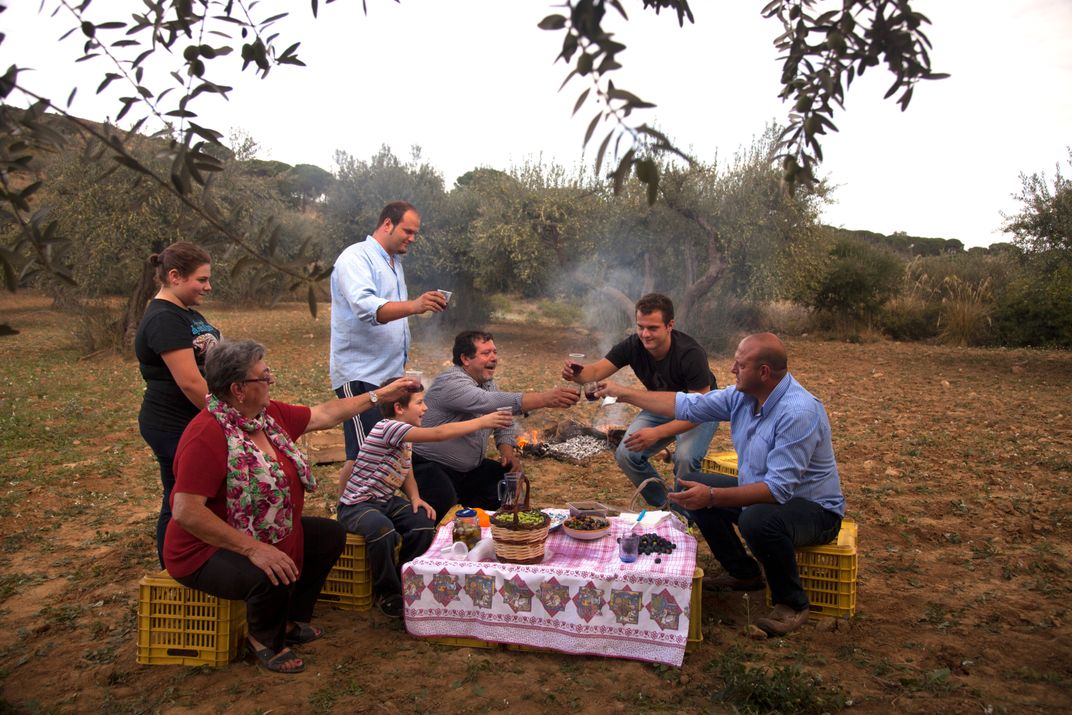
**********
Humans are bound to food by necessity first, and then by choice. The types of food you eat distinguish your country from another country, your group from another group. When new influences come—whether from conquest or colonial exploration or the popularity of a TV cooking show—there is a period of adaptation, and then often the full incorporation of a new technique or ingredient into the country’s culinary lexicon. The potatoes and tomatoes that went from the New World to Europe in the Columbia Exchange of the 15th century were first scorned by Old World diners who feared they were poisonous, then in time became emblematic of their cuisines. In its original form, Sicilian caponata would never have been made with tomatoes, but today there are versions that include them and they are considered perfectly Sicilian.
Food constantly evolves, as do taste buds. To the Western palate, Japanese food seems so distinctly Japanese, yet it went through many modifications once the country opened to the West in the 19th century, explains Katarzyna Cwiertka, the chair of modern Japanese Studies at Leiden University and a scholar of East Asian food. “New ingredients, new cooking techniques, and new flavorings were adapted to Japanese customs,” she says. “The changes were really tremendous.”
Military canteens played the role of first adopters. Once Japanese soldiers became accustomed to a food, they would eventually introduce it to the wider public when they returned to civilian life. Such was the case with curry, which started appearing in Japan in the late 19th century. It was a borrowing not directly from India, but from the British Empire. “The Japanese start to serve it as a Western food,” says Cwiertka. “It enters military menus and canteens and continues after [World War II] into school canteens. By the 1950s and 1960s it is a national dish. When you ask Japanese students abroad what they crave most, they would say ramen or curry. And ramen [of Chinese origin] is also not a Japanese food.”
What the Japanese have done—over and over again, Cwiertka points out—is move foreign foods into the category of washoku, the genuinely Japanese. They adapt and absorb foreign culinary influences this way. “It’s more like the invention of a tradition than a tradition,” she says.
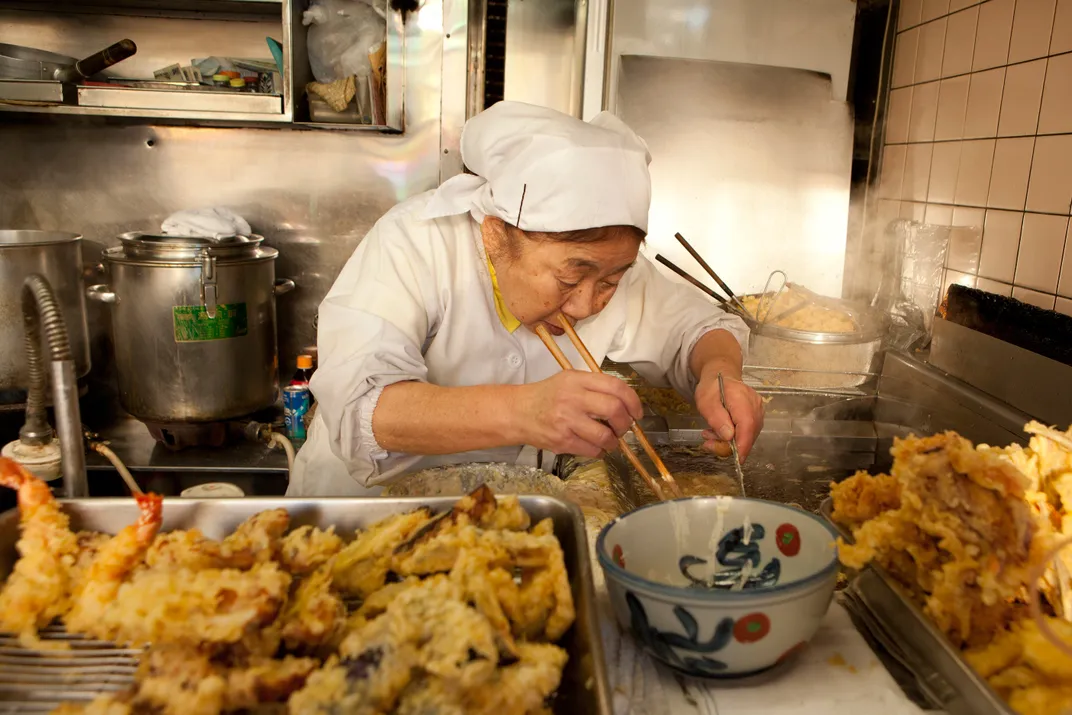
**********
For Maria Grammatico, ties to the past are what matter most. Her bakery in the misty mountaintop town of Erice, in western Sicily, turns out pastries of such seductive aroma and delicacy that they have become famous throughout Italy. (I make the detour to see her during a Sicilian vacation, but she is, on this rare occasion, out of town. Later I pose questions by phone.)
The medieval town with cobblestone streets is 2,400 feet above the plains of Trapani. Driving up these dizzying heights on a narrow road, it’s hard not to think of the visit to Grammatico’s home village as some sort of quest, which for fans of her cooking, it is. She has dedicated herself to pure ingredients and time-tested techniques. The result is classic Sicilian pastry—redolent with almonds and jams—just as she knew them as a child. The almonds she uses must come only from Avola, on the eastern side of the island. (They contain more oil than most almonds, so sweets turn out better, Grammatico explains.) Her milk comes only from local cows—and it’s crucial, she says, that they are milked by hand. “Of course this makes a difference!” she insists in a voice that brooks no dissent.
Giuseppe Tomasi di Lampedusa, in his 1958 novel, The Leopard, describes a fabulous banquet scene where the island's memorable desserts are lavishly on display. It is 1860, a pivotal year: Garibaldi's troops have landed in Sicily; the march to the unification of Italy has begun and the Kingdom of the Two Sicilies will soon end. Don Fabrizio, the Prince of Salina, stands before a table piled with sweets and considers the role of nuns in local pastry making— a Sicilian convent tradition since the 18th century: “Huge blond babas, Mont Blancs snowy with whipped cream, cakes speckled with white almonds and green pistachio nuts, hillocks of chocolatecovered pastry, brown and rich as the topsoil of the Catanian plain…” Don Fabrizio selects the pastry known as minni di vergine, made in the shape of breasts—an apparent reference to Saint Agatha, the Sicilian saint whose breasts were cut off by the Romans. “Why ever didn’t the Holy Office forbid these cakes when it had a chance?” Don Fabrizio muses. “Saint Agatha’s sliced off breasts sold by convents, devoured at dances! Well, well!”
These desserts are still Sicilian standards, and Grammatico learned how to make them in the most traditional way—from nuns. In the aftermath of World War II, when Sicily was struggling to recover from the devastation of bombings and loss of life, Grammatico’s mother was caring for five children. She was widowed and poor, barely able to feed her family. Given these circumstances, she sent her two oldest to live with a group of nuns at the Istituto San Carlo in Erice. Grammatico was 11 at the time, deemed old enough to take on a harsh routine of kitchen and household work.
The livelihood of the convent was baking. Especially on holidays and holy days, the people of Erice would go to the convent and, speaking through an iron grate, place their orders. After a short wait, the pastries would be ready and delivered.
The nuns were secretive about their recipes for the cakes and cookies. They used a variety of stones to weigh ingredients; each stone indicated a certain specific weight in grams or kilograms. They tried to make sure that Maria and other helpers would never see the exact proportions for any particular creation. But Maria had moxie. When her formal duties were over she would snoop from a careful distance, looking to see which stone was used; later she would calculate proportions, which she wrote down on a piece of paper, kept close to her chest so the nuns wouldn’t find it.
After 15 years in the convent she left to make her own way in the world. She was 26. To the alarm of the nuns, she started her own bakery just around the corner from the convent. She had a meager income, just a few molds, little else. Nonetheless, “they were jealous,” says Grammatico. “The recipes were secret. They wouldn’t give them to anyone.” She chuckles. “I’d stolen them.”
Now 76, Grammatico still dedicates much of her time to making pastries. She also runs a cooking school, popular with Americans, she says. She works every day, dressed in a chef’s coat, typically with a scarf around her neck. Her fingers move nimbly as she fashions small marzipan flowers to place on top of her confections. There is no hint that any of this routine has become drudgery. Quite the opposite. When she talks about the process of baking, she describes the almonds that are so essential to Sicilian pastry as beloved, like children. As with a child (she has none of her own), “you never get tired of them.”
But Grammatico questions whether this celebrated tradition has staying power. I ask her if young people want to learn how to make Sicilian pastries the old way. No, she says, she doesn’t think so. “It requires sacrifices,” she says.
Reflecting on her words later, I wonder if she has forgotten all those aspiring chefs who have made the pilgrimage to her mountaintop just to learn from her. Food, whether caponata or almond pastry, evolves, and often we find it far from its original home. While I fully expect there to be a pastry shop in Erice for a very long time, it’s also possible that the next great practitioner of this Sicilian art will be running a bakery not in Sicily, but in some faraway place.
/https://tf-cmsv2-smithsonianmag-media.s3.amazonaws.com/accounts/headshot/Victoria-Bio-4.jpg)
/https://tf-cmsv2-smithsonianmag-media.s3.amazonaws.com/filer/55/0b/550b9bf5-6502-46bc-881d-abc25e8234aa/sqj_1701_aoe_essay_12.jpg)
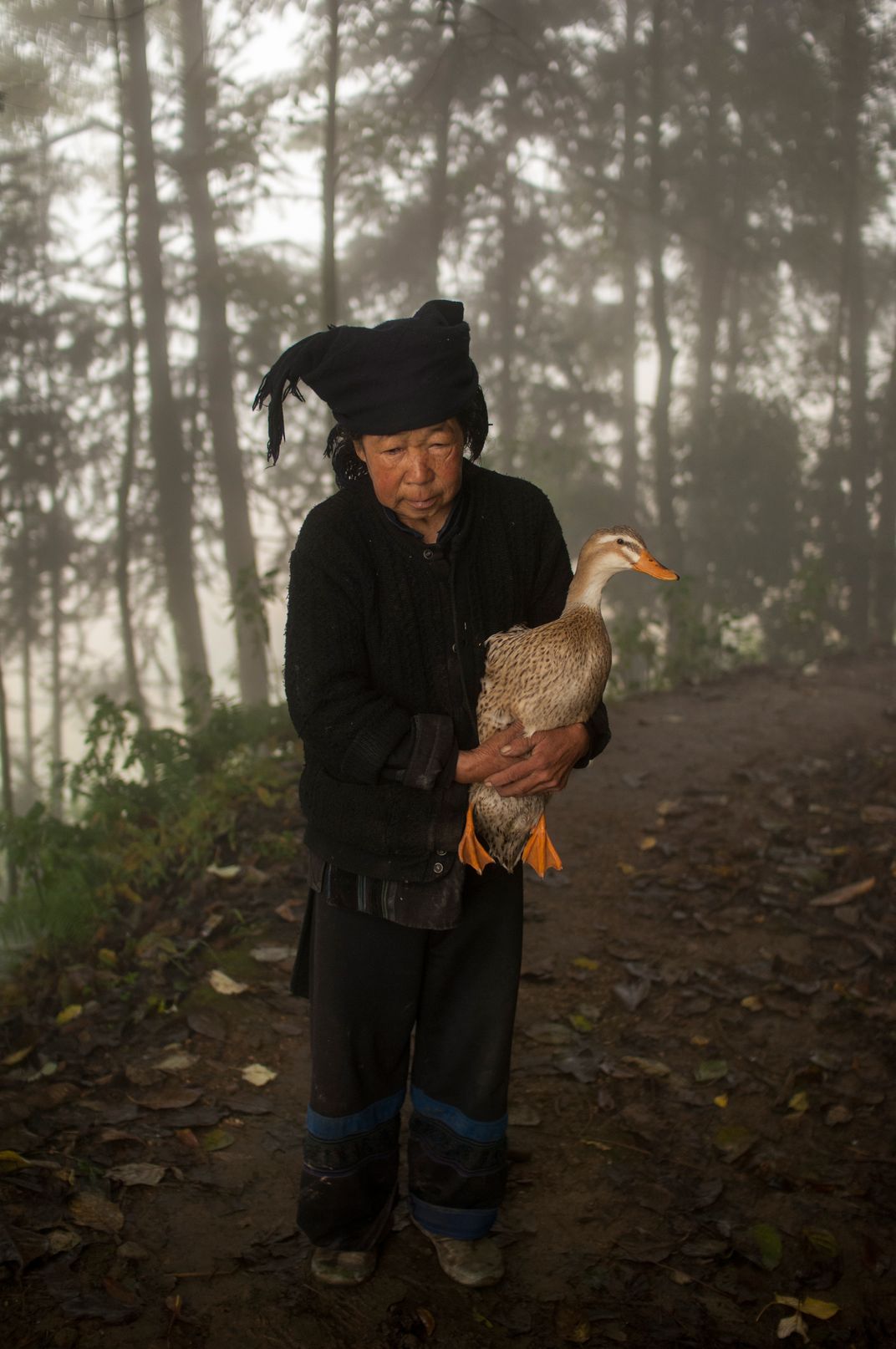
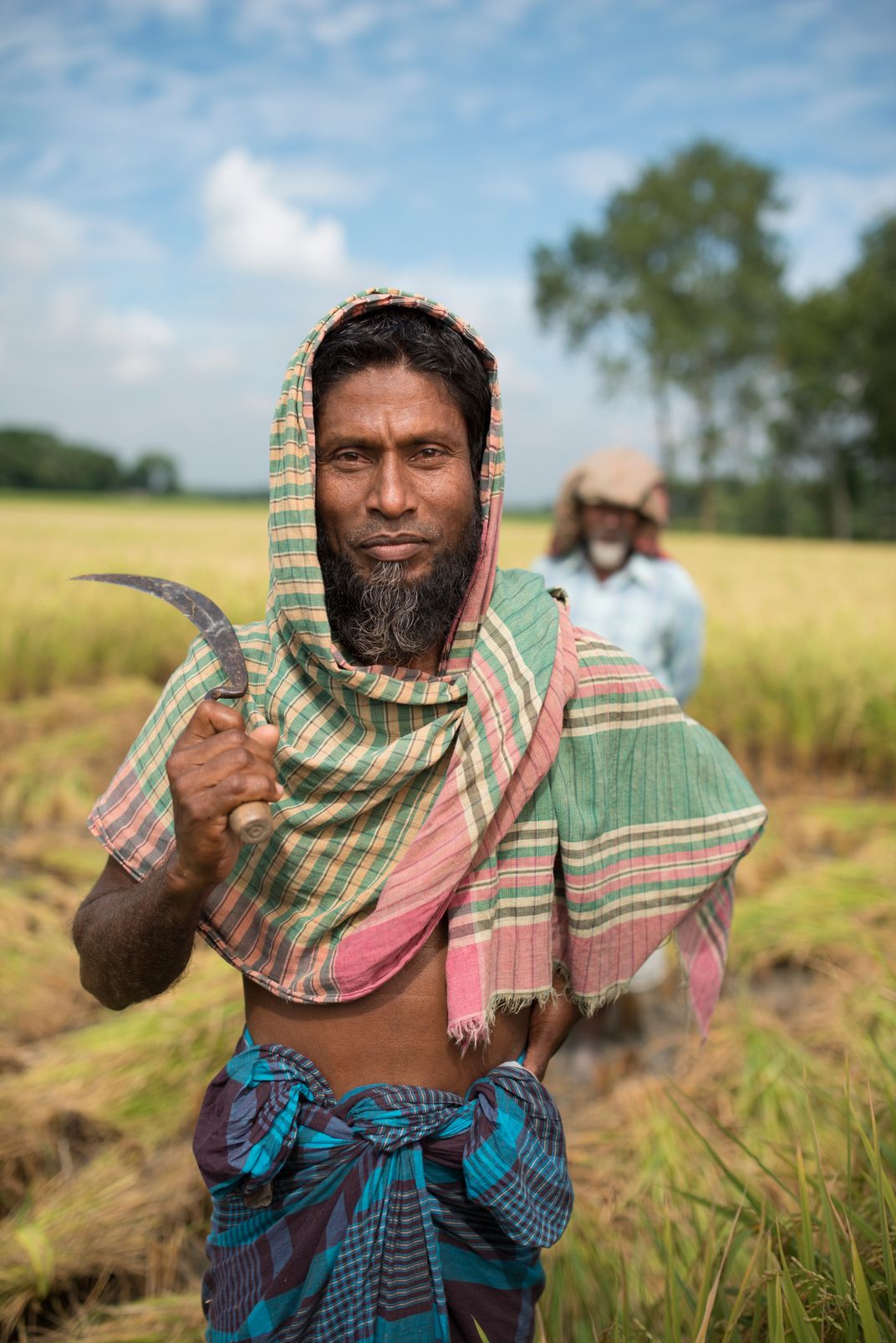

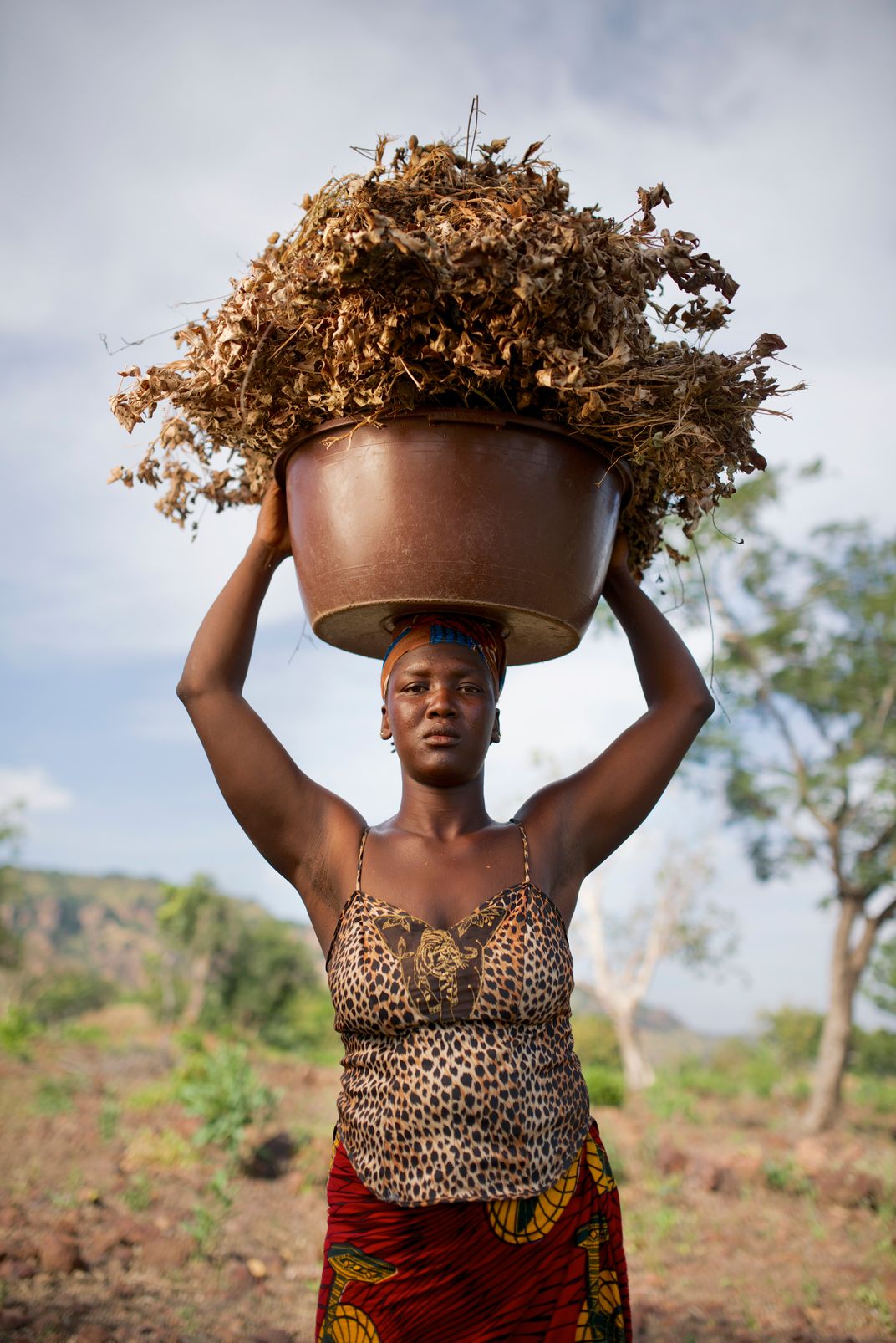
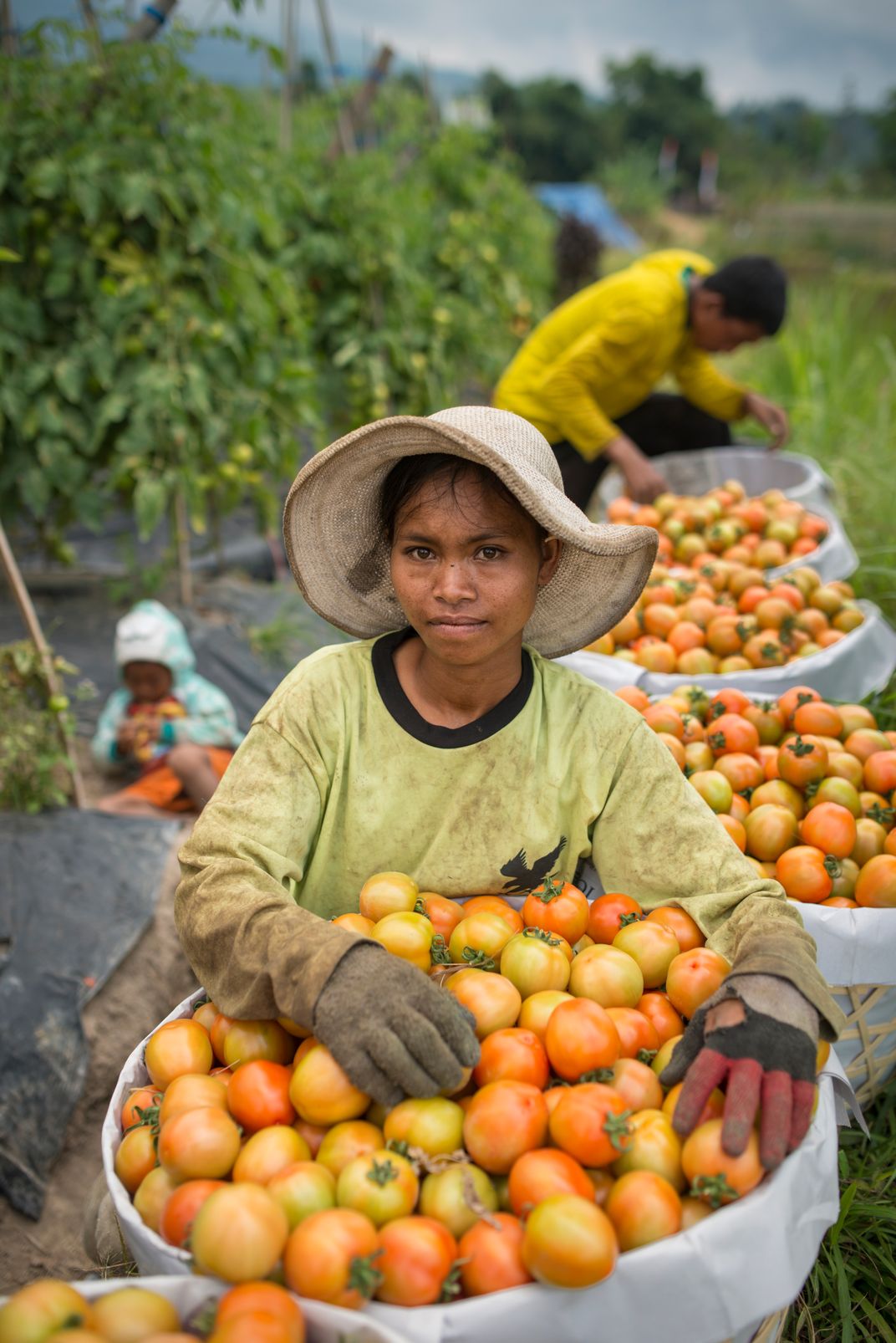
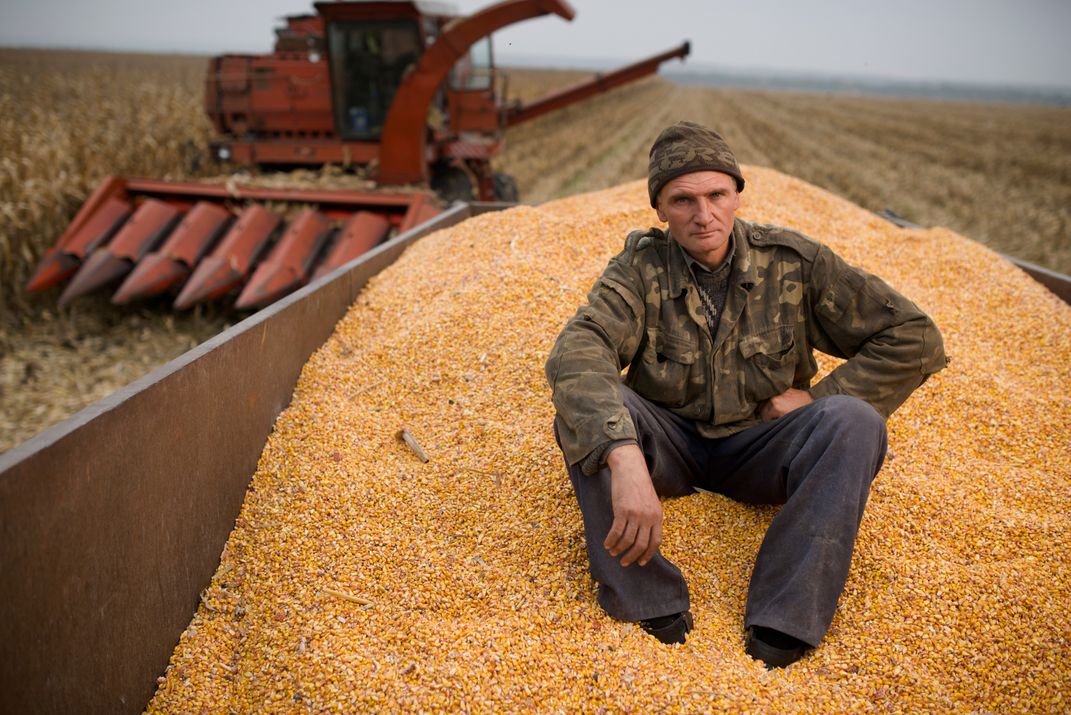

/https://tf-cmsv2-smithsonianmag-media.s3.amazonaws.com/accounts/headshot/Victoria-Bio-4.jpg)